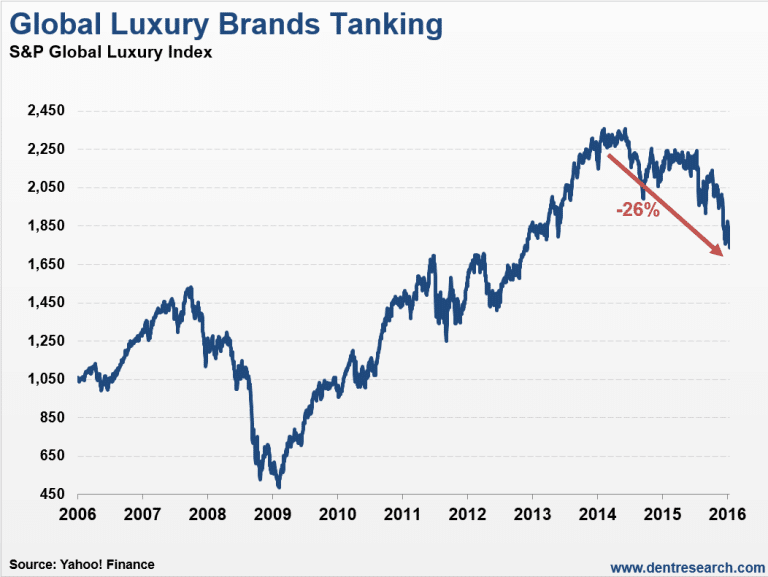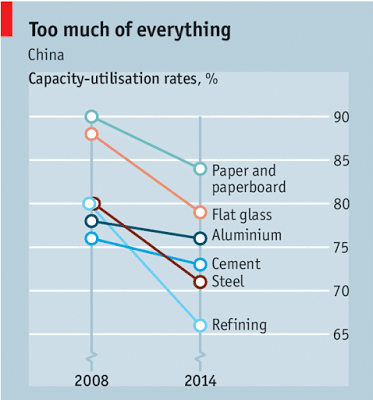Dollar and Oil Gains Begin a Week Light on News
The US dollar is retracing part of its pre-weekend losses against the European currencies and dollar-bloc today while falling equity prices are underpinning the yen.
Brent is nearing $40 a barrel, and WTI is pushing through $36. Iron ore prices were limit up in China. US 10-year Treasury yield is three bp higher to poke through 1.90% level for the first time since February 4. European bond yields are mostly 2-3 bp lower, with notable exceptions of Portugal and Greece.





